Kenya, Part 1
“Have you been to Africa before?” asked my taxi driver as we left the airport. “Yes,” I replied, “I visited South Africa.” “Oh, then you haven’t been to Africa, my friend.” This seemed an odd comment and, given that I knew for a fact he was overcharging me US $5 for the ride, I didn’t trust it. But now that I’ve returned from Kenya, I realise this may be the most truthful thing the driver told me (he also said the Swahili word for chess is karate, which, it turns out, is the Swahili word for karate).
I like to think of myself as a travelled man, and I’ve been to my share of third-world countries. But Kenya was something else. I’ve lived in poor communities in Peru, but I’ve never seen such extreme poverty. I’ve worked on income inequality, but I’ve never witnessed such a gap between the top and the bottom. And as far as culture and social norms go, I’ve never noticed such a big difference in our ways of life and things I take for granted.
I’m getting ahead of myself. Most of these reflections came from my time spent in the villages of West Pokot, to the west near the Ugandan border. The first few days in Nairobi were less of a shock. On my first night, I randomly met a bunch of Australian expats at a bar. It was a mixed bag: Newspaper editor, property developer, gin distiller, energy entrepreneur, pig farmer… The moment that stuck with me was when I casually asked if anyone made business with the government. They looked bemused. “Nah mate, we don’t deal with the government – not unless we have to.” “We’re friends with the government, if you ask our company, but we’d never work with them.” “If you land a government contract, you’ll be lucky to get half of what they promised – if the money ever comes.” They told stories of raids by government auditors, greasy palms and even brazen theft. It was also the first time I heard about bribes in Kenya, but this would become a recurrent theme. I didn’t realise how blatant and wide-spread it is, from the top all the way down to the traffic cops on the street. (Police in Kenya pay their superiors for the privilege of road-block duty, usually a fixed amount from the bribes. Many taxi and private car companies reimburse their drivers for such bribes along the route. Only once did a traffic cop explicitly stop us for a bribe, of US $2, but then thought better of it after mistaking me, a white passenger, for someone important. Our driver was so happy, he said he wished I could always be his passenger.)
This was a soft introduction to the cultural differences in Kenya. There were other social norms that took me by surprise during the trip and made me realise that my life is a world apart from most Kenyans’. Once, I was asked whether it’s true that Western women “get into a box to try and become darker.” Explaining the purpose of solariums was a real challenge. A guy asked me whether it was illegal to slaughter goats in Australia. He recounted a story in which some Kenyan migrants in Canada were trying to find a goat for a traditional holiday feast, and the only place they could find one was a pet store. I found out that the youth unemployment rate is over 60% and that many university graduates use their degrees to land jobs as baristas. I repeatedly asked some locals about how hot it got in the Kenyan Summer, and became frustrated by their subjective answers – until I realised that they never measured temperature with degrees. “But I can tell you it gets so hot that sometimes we have to bathe almost every day.”
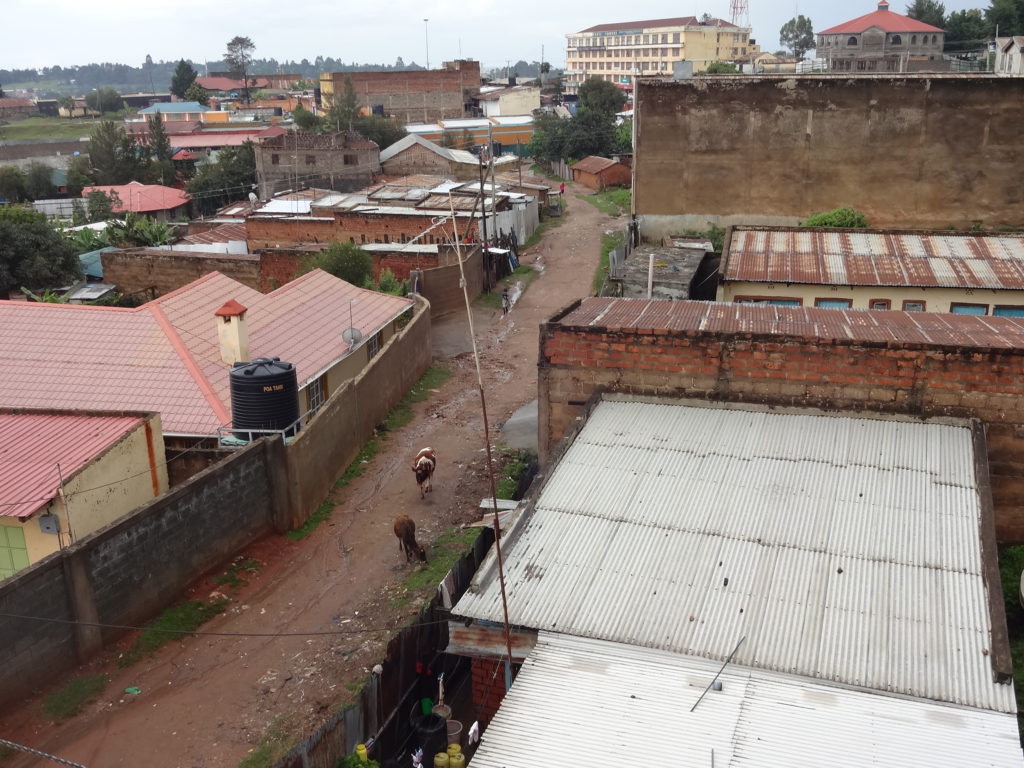
When I left Nairobi and went out to rural Kenya, the contrasts became even starker. I met guys who’d survived childhood typhoid and polio. I met many subsistence families who only ate what they could grow or milk, where hand-to-mouth was standard and the notion of income savings was a fantasy. I learned that drinking milk often passed for a meal, and that, during famine, was in fact the only sort of meal (actually, fermented milk mixed with cow’s blood). I spoke to families who drank water every day that they knew was unsafe, because there was no alternative. I met many children who walked up to two hours to get to school, and then the same to get home, without shoes. The vast majority of the villagers lived in huts without electricity or drinking water, cooked using toxic charcoal stoves, had no access whatsoever to health facilities, and faced daily fears as diverse as malaria, starvation and armed bandit raids. (And yet, almost all families owned a cell phone, powered by small solar-panelled chargers. The introduction of the M-PESA technology several decades back allows Kenyans to instantly transfer money to friends and relatives using a sim card, which is invaluable as a form of insurance in the relatively frequent emergencies.)
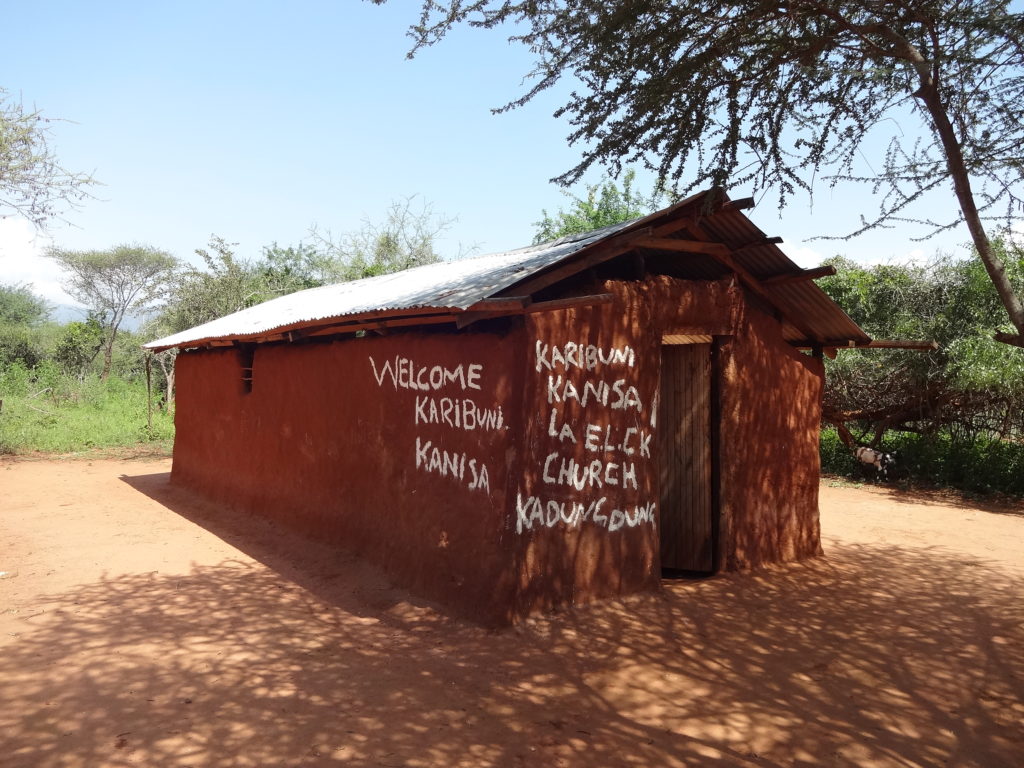
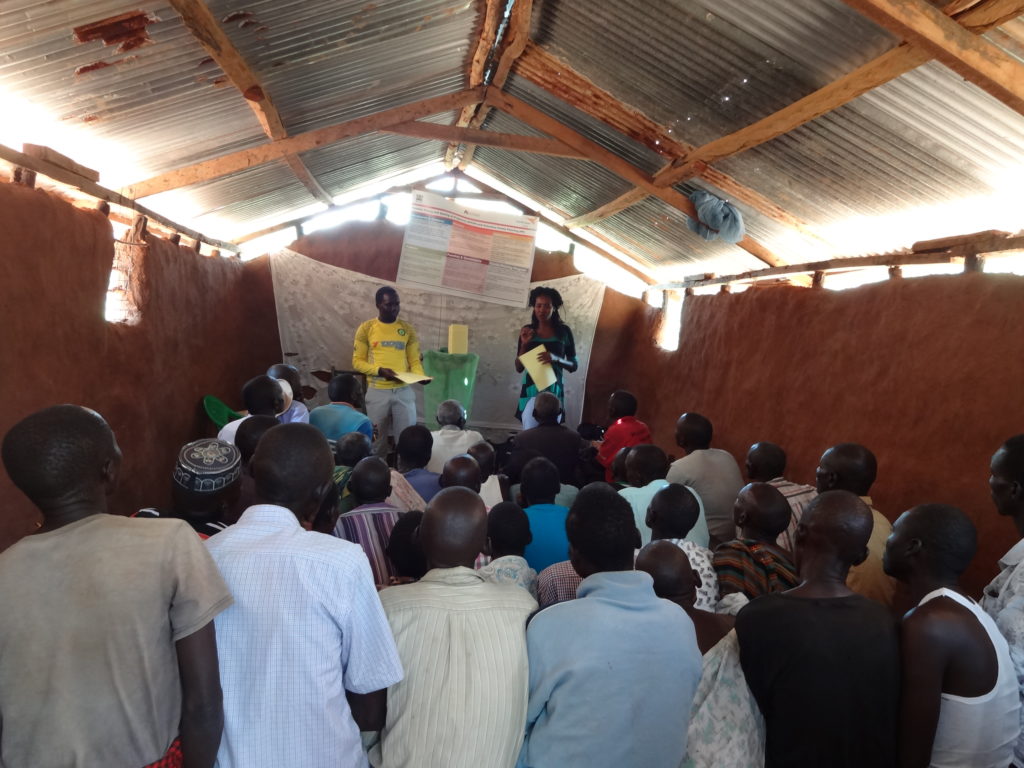
Though the people in the villages were literally dirt poor, this poverty had less of an effect on me than that in the cities. I think it’s because the world of mud huts and cow’s blood is so vastly disconnected from my own experience that it was just too surreal to hit home. Perhaps it was also because every conversation was through a translator, taken from a language that doesn’t even have a written form. But in the cities I felt a strangely stronger association. I met people who were university educated, well read, technologically sophisticated, up to date on today’s international news affairs, politically opinionated, budding entrepreneurs, obsessed by the World Cup and Hollywood gossip – in short, they could be any of my acquaintances. But simply by the nature and circumstances of where they happened to be born, they were destitute. There are virtually no chances for profitable employment, for saving, earning wealth or any form of social mobility.
Our driver was an incredibly bright orphan with a master’s degree in marketing, who drives cars when he can and has saved enough for the concrete foundations of a small house on gifted land. When I bought a dozen mangoes for US $1 from a street vendor and gave him half, he thanked me repeatedly; I may well have provided dinner for him and his two children. His dream was to own his own business, and he meticulously detailed to me a dozen well-thought-out business models – but, as he repeatedly put it, “I don’t have capital.” Financial risk makes ambition a dangerous prospect for Kenyans. I spoke to two highly intelligent, unemployed female graduates whose collective dream it was to find a husband “who can put food on the table – I’ll happily give him as many children as wants, so long as we can eat.”
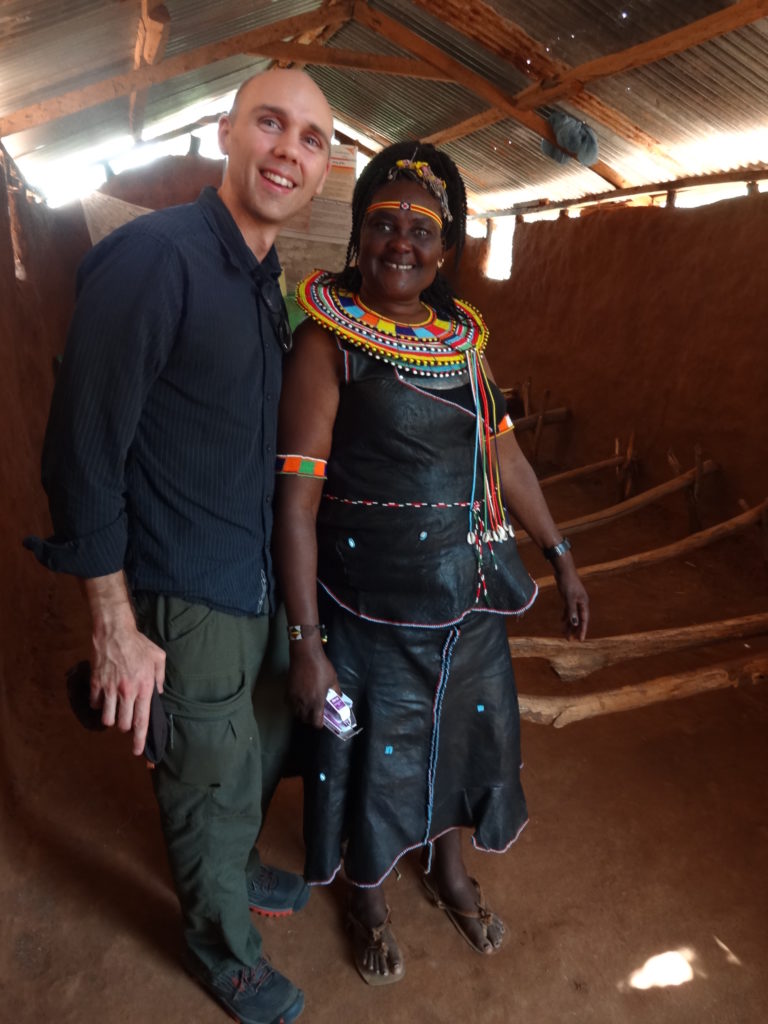
I’ve always been brought up to believe that with talent and hard work, anyone can get anywhere. The reality for many Africans is starkly different. Nairobi is East Africa’s largest city, but 3 million of its 5 million inhabitants live in slums. The average income in these is the proverbial “Dollar a day”. My friend works in Kibera, the largest slum, using chess to teach math and other skills to the children. When I found out from him that some get by on as little as US $5 a month, I suddenly felt extremely ashamed of how flippantly I discarded my airport taxi fare. Looking back now, I can’t help but wonder where I would have ended up if I’d been born in West Pokot instead of Brisbane. Would I have broken free, using my intellect and determination to escape the slums and make it out? Perhaps used chess to lift me into a better life? It makes for a nice story, but I’m not sure it’s realistic. More likely, I would have ended up as a part-time driver, and considered myself lucky.
The main reason I was visiting Kenya was exactly to meet with these sorts of communities, but for a specific reason: I wanted to learn more about female genital mutilation (FGM). I have been researching this for a while as part of a larger project in Somalia, but West Pokot in Kenya has the same tradition. Girls in this region get cut to signify their progression to womanhood, which is normally between the ages of 11 and 14. FGM here is called ‘Pharaonic’, also known as ‘Type 3’, and the process is brutal. It’s nothing like male circumcision; the girl will lie bedridden for days or weeks afterwards with her legs crossed, until the bleeding subsides and the wound heals. Practically every part of the genitals is cut, and sometimes sewn shut afterwards. The long-lasting health consequences are severe, especially when the girl eventually gives birth. In a region where the average fertility rate is around 7 children per woman, the overall effects of this tradition are huge.
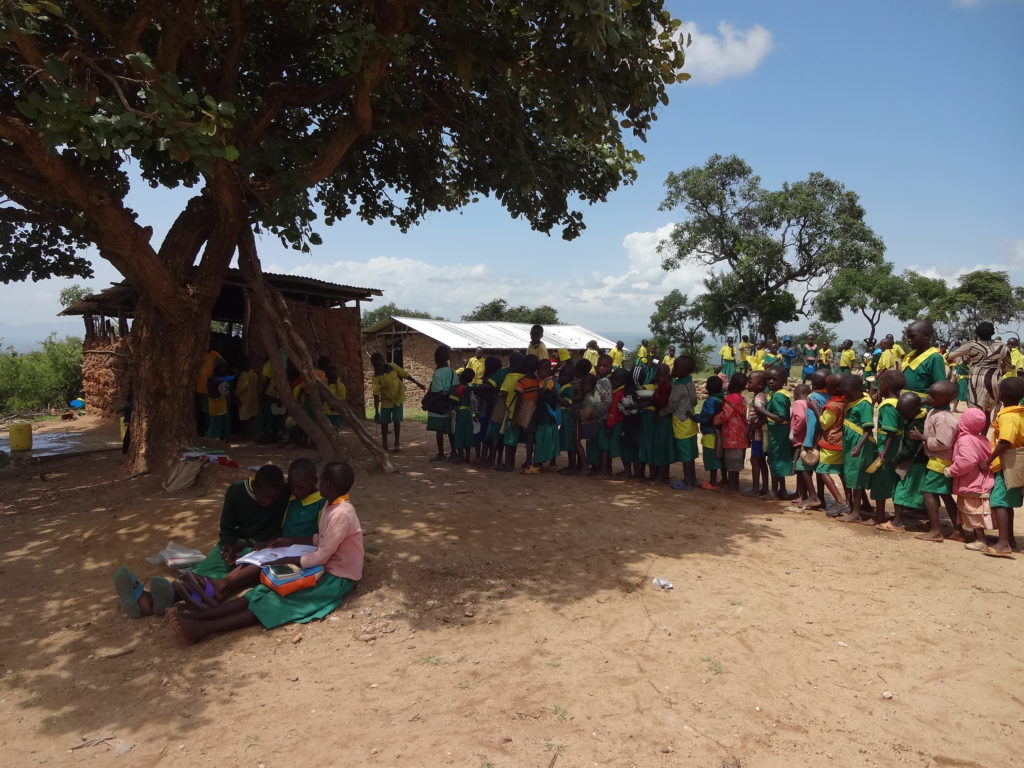
The curious part is that there’s no unified reason for why FGM goes on there. It’s statistically more common in Islamic countries, but in Pokot almost all people are Christians. Some of the men I spoke to said that women’s sexual urges needed to be controlled, else they would run rampant (a few quoted the biblical story of Eve). Some of the women said that if their daughters weren’t circumcised, no man would marry them. But for most, they saw it for what it is: A terrible tradition that they wished gone. It was a practice that had simply been going on for as long as they could remember, but lone rebellion would mean dire social consequences. Many thought that they were among the minority in their community secretly opposed to FGM, though the reality was there was a silent majority – a phenomenon called “pluralistic ignorance.” This is where my research is focussed.
It’s not just the health consequences at stake. I get the impression that FGM is hardwired, or maybe even codifies, a number of other problems, such as women’s rights and child marriage. On my first day in the villages, I heard the story of a 14-year-old girl who was kidnapped – with the complicity of her own father – by men from a distant village and forced to marry a 60-year-old man as his third wife. She managed to escape with the help of an aunt and was granted (with some difficulty) police permission to reside in a makeshift refuge. Nothing happened to the men. By coincidence, I later visited the town of the old man, who joined our FGM session and met me in person.
It’s hard for me to reconcile these experiences with the life I know, of gender equality, supermarkets and the like. I tried to keep an open mind and I made it clear that I was there to understand, not to judge. It wasn’t easy. But I think this approach was appreciated. The villagers were extremely welcoming and hospitable, and eager to engage for hours on end. Several people told me that they’d had many visits from NGOs who had come to tell them what to do. They liked that instead we came to understand and to listen. One man in Masol was the most vocal in giving passionate, heated monologues in defence of FGM. His opinion hadn’t changed by the end of our session, though some of his friends had changed their minds. Still, he warmly thanked me for coming and for the manner in which we spoke to them, and in fact it was he who called for the village to give me a local name. (They settled on “N’gorialem”, which means “Bull with a red-and-white dotted head.”)
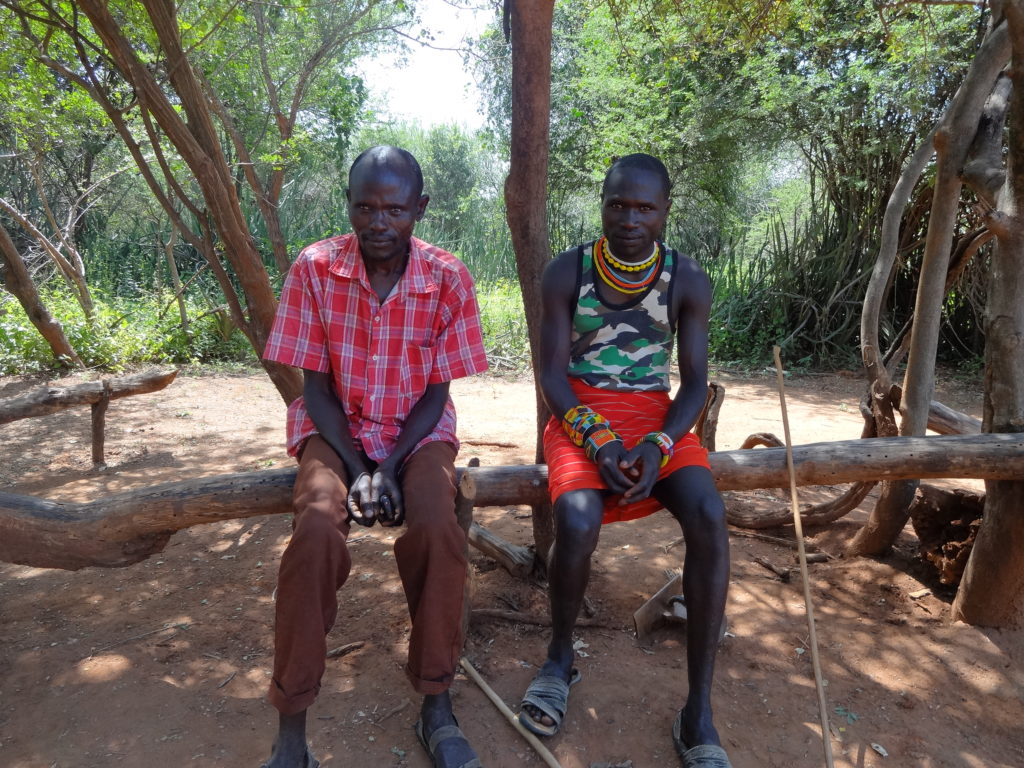
And, thankfully, most declared that they did want FGM to end, and they told me to come back and visit again soon to talk about FGM to the rest of their community. “Please come in two weeks’ time,” some pleaded. I couldn’t bear to tell them that it would likely be a year before I’ll make it back to Africa, nor that the rest of the project would be focussing on Somalia. Some of the women asked me to come back to their community and speak to them all again before their young daughters got much older. I didn’t have an answer.
I met real heroes, too. The visit to the villages was organised in part by Beyond FGM, a young community-based organisation in West Pokot that actively promotes abandoning FGM. Its team works tirelessly in the region to protect young girls and try to persuade the communities to change their norms. Its local coordinator received a medal from the queen of England for her efforts. It was they who have started building a permanent safe centre for abused women and girls who have run away from the threat of circumcision or child marriage. Due to a lack of funds, the refuge sits unfinished, four walls without a roof, while the organisation’s employees house girls in their own homes, including the 14-year-old bride I mentioned. “The money will come, one day,” one of the members of the board told me. Religious and unabashedly optimistic, he added, “God willing, it will come soon.”
I realise now that I’m writing mostly about my FGM work, which was not the point of this post. I wanted to reflect more broadly on the big differences I noticed during the trip, and on my impressions of Kenya in general. But somehow, I’ve ended up writing more about this issue that’s obsessed me for almost two years. I’ve been researching FGM since before I moved to Italy, yet no number of books and written accounts prepared me for meeting people affected by FGM in the flesh. And that’s probably why it’s hijacked this post, which I’m writing from the plane as I fly over the Kenyan border and back to my world.
I have plenty more stories from Kenya and a whole bunch of reflections about chess in that country, but it doesn’t feel like it should be part of this post anymore. I’ll leave that for another day.
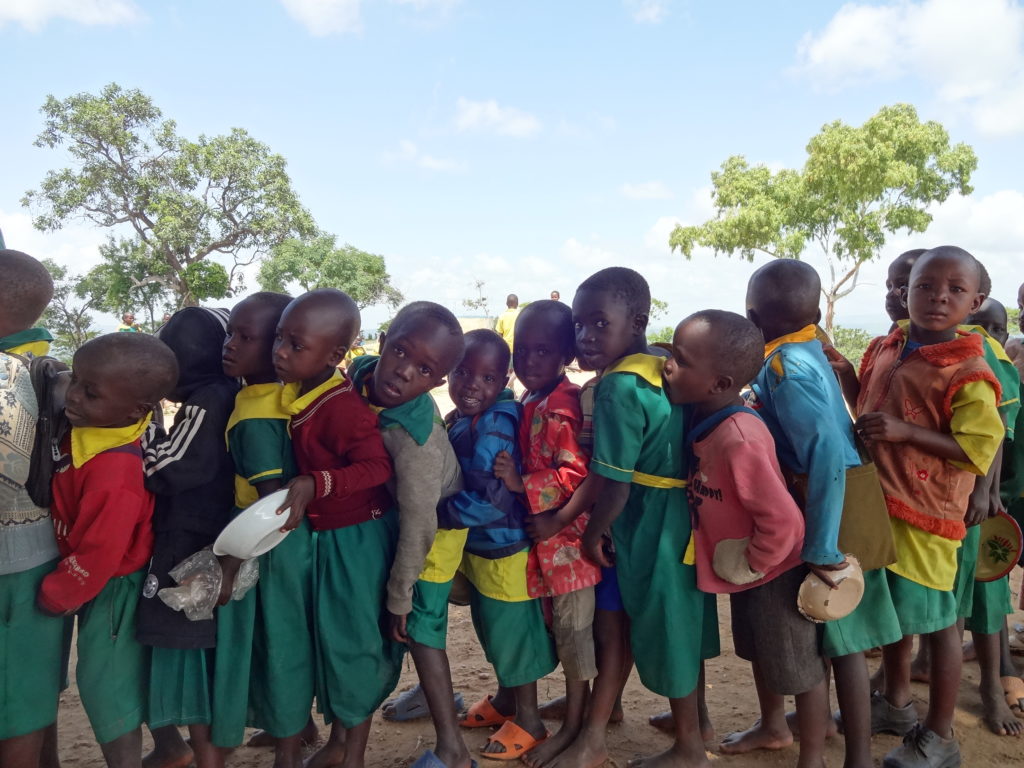
An ex-girlfriend of mine who was very committed to progressive left-wing causes and worked as a social worker in Sydney handling tramautic migrant cases actually once said to me that we in the west misunderstand FGM. She said that these cultures had their own traditions and that the West did not necessarily have the right to criticise these traditions.
I was quite shocked , but looking back I think she made a valid point.
We wouldn’t be happy if Africans came to Sydney and forced us to close our abortion centres. Morality is often incommensurable. (As Feyerabend might say.)
In the mid-nineties the world Scrabble championships were held in Melbourne and we agreed to billet a player, who turned out to be a Kenyan. He was a vet married to a vet and talked about many of the economic issues you discuss and also the impossible relationship with the government which was their employer. They were erratically paid, not often enough to permit them to live properly. He didn’t know what they would or could do.
One day a local player I knew a little sent around by taxi a suitcase of old clothes to give him. I was appalled, it seemed so First World Patronising, but in fact it was simply practical knowledge on her part and he was thrilled. It was necessary for him to take a great many presents back and these would do fine. I gave him jewellery of mine, I took him shopping to places he could add to the booty he’d collected.
I wonder if you might correct your use of the word ‘circumcision’, which I assume is a mistake on your part, as earlier you do specifically compare circumcision of males with the mutilation of the genitalia of females.
I’ve had to sit with nice white men telling me that the two are the same and I was so shocked I didn’t know what to say.
A few points in response:
– I’m familiar with Dowden’s book as well as Easterly’s works, and I appreciate you mentioning them
– We probably agree that long-term sustainable growth should be the overarching philosophy for foreign policy towards Africa
– That’s not an excuse, however, to ignore direct efforts on issues like FGM, which you might call ‘symptoms’ of a more fundamental economic issue. The two approaches can, and should work hand in hand. It’s like saying “We shouldn’t rescue sinking boats of refugees because the root problem is political instability in Middle Eastern regimes”: The second part might be true, but that’s no excuse for ignoring the first.
There’s all sorts of problems with Africa, see for example Richard Dowden’s “Africa: Altered States, Ordinary Miracles” (and he’s sympathetic to Africa). However, FGM is arguably the least of them. Also, many Africans don’t want help, especially from a First World westerner. What they want is First World money. So to a degree GM Smerdon’s blog post looks like an NGO plea for more money.
Bonus trivia: as an economist, one should be familiar with William Easterly’s books on Africa. I recall when they first were published, Googling his name would draw blanks unless you spelled it exactly. How he’s well known, but arguably still not understood, including by the author of this blog. Another economist relevant to Africa would be Malthus.
Really admirable David. What an issue for a male economist GM to take on so passionately. Strength to your arm!
Rod Plant
Vientiane, Lao PDR.
Very interesting read. Obviously you have gone much further into Kenyan culture than the vast majority of Westerners. I remember the culture shock with my first trip to the Northern Hemisphere, to the 1981 Asian Juniors in Dacca, Bangladesh, but this would have been worse. Bangladesh, then a country only about 10 years old, likewise had extreme inequalities of wealth and poverty, although I think only the extreme *poverty* was a serious problem, not inequality per se.
FGM is really an abominable custom—good thing that this abbreviation tells it like it is: mutilation. I was wondering about the economic angle, because I thought is was more in the field of anthropology. Then you explained “pluralistic ignorance”.
I am not sure what “the biblical story of Eve” has to do with FGM. I am not aware of any Jewish communities anywhere in the world or at any time in history that practised it. Nor any hint that Eve’s problem was sexual promiscuity.
Anyway, all the best with your project. Hope the silent majority prevails to get rid of FGM.
Fantastic read. Reminds me a little of the times I’ve spent in South African ‘townships’. But not quite: this is starker. I have a colleague who has written widely on FGM. Alas, I think her work is quite poor by the standards that should apply. Never mind – as you say, it’s hard to write about chess in the face of this everyday experience
Hello from Bob in Miami. I bought your book and I’m a fan. I play the Portuguese too.